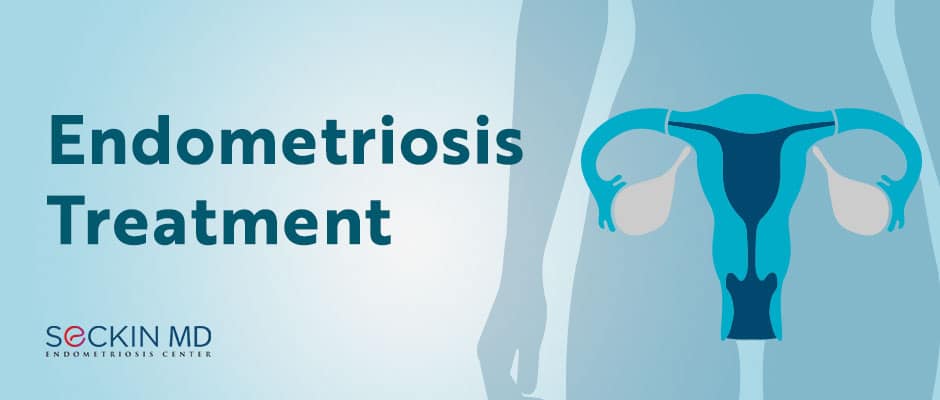Endometriosis is a chronic, progressive disease that affects nearly 1 in 10 women of reproductive age. Despite its wide prevalence, endometriosis is often misdiagnosed or mismanaged with an average delay to diagnosis of 6-8 years. Endometriosis treatment is therefore also delayed.

Why is endometriosis treatment complex?
Though we now have a better understanding of endometriosis, the exact cause of the disease is still unclear. Due to the fact that endometriosis symptoms often overlap with those of other diseases, the diagnosis itself is quite complex. Currently, there is no simple blood or imaging test that definitely diagnoses this disease. This often leads to numerous treatments or unwarranted surgical interventions. Moreover, this disease can progress to eventually involve other organ systems, such as the gastrointestinal, urinary, and/or pulmonary systems.
Surgical methods for endometriosis treatment
Laparoscopic deep excision surgery
Laparoscopic deep excision surgery is currently the preferred method for endometriosis diagnosis and treatment. It involves visualization and complete removal of endometriosis lesions. It is a type of minimally invasive surgery that doctors can do via small incisions in the abdomen / pelvic region.
Dr. Seckin’s team at the Seckin Endometriosis Center has years of experience in laparoscopic deep excision surgery and has adapted the procedure with their own techniques. They include manual cold excision of the lesion from its root, enhanced visualization using a patented Aqua Blue Contrast dye, and reconstructive techniques. This allows for full recovery while preserving the patient’s fertility.
We do not advocate for hysterectomy (removal of the uterus) or oophorectomy (removal of the ovaries) unless necessary or by patient choice in endometriosis treatment. Removal of the uterus and ovaries does not guarantee that symptoms will not recur; therefore, patients must receive complete counseling on the risks and benefits of such procedures.
Myomectomy
Myomectomy is the removal of uterine fibroids with the goal of fertility preservation. Though myomectomy preserves the uterus, it is a more invasive procedure and requires larger incisions than hysterectomy as fibroids often penetrate deep into the uterine wall. A myomectomy can be performed in many different ways depending on the technique that the doctor uses and the location of the fibroids.
Oophorectomy
Oophorectomy is the removal of one or both ovaries. The procedure may be performed alone or in combination with a hysterectomy. Oophorectomy can help treat extremely severe forms of ovarian endometrioma, non-cancerous cysts, cancer, or necrotic ovaries. Oophorectomy, if bilateral, leads to surgical menopause. Unilateral oophorectomy does not result in surgical menopause provided that healthy tissue remains. In the treatment of endometriosis, cystectomy is preferred over oophorectomy to preserve fertility.
Hysterectomy
Hysterectomy refers to the surgical removal of the uterus. It can be a total hysterectomy (uterus and cervix) or supracervical/partial (uterus alone) with or without preservation of the ovaries. Often the doctors also remove the fallopian tubes in all types of hysterectomy as this decreases the future risk of ovarian cancer. They can perform a hysterectomy via the abdomen or the vagina. Dr. Harry Reich pioneered the first laparoscopic hysterectomy in 1988. The procedure results in complete cessation of menstruation and causes surgical infertility.
Non-surgical methods for endometriosis treatment
Non-surgical treatment methods such as nonsteroidal anti-inflammatory drugs (NSAIDs), progestin-only contraceptive pills, and GnRH analogs may help manage some of the symptoms of endometriosis. However, these may only serve to reduce symptoms for a temporary period and do not fully treat the disease. The best treatment involves laparoscopic deep excision surgery and a comprehensive multidisciplinary treatment plan.
Get a Second Opinion
Our endometriosis specialists are dedicated to providing patients with expert care. Whether you have been diagnosed or are looking to find a doctor, they are ready to help.Our office is located on 872 Fifth Avenue New York, NY 10065.
You may call us at (646) 960-3080 or have your case reviewed by clicking here.